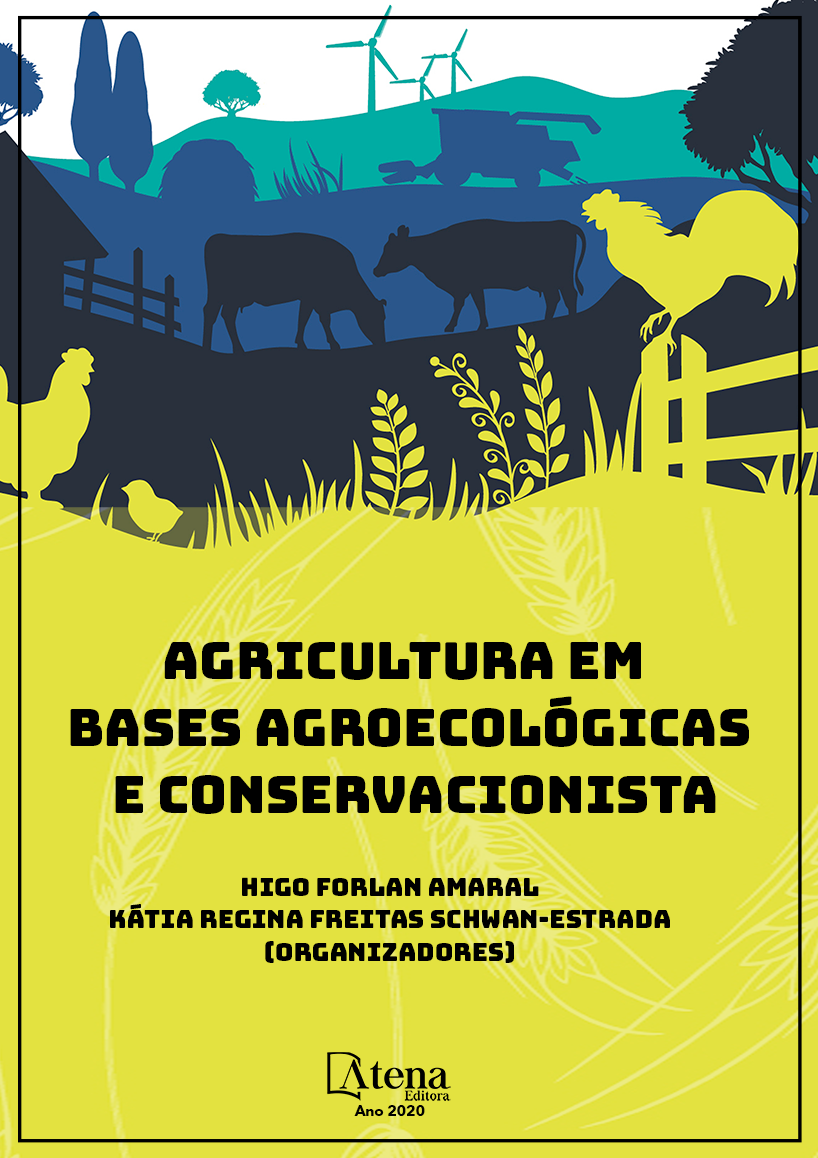
UTILIZAÇÃO DA FARINHA DE PUPA DO BICHO-DA-SEDA NA ALIMENTAÇÃO DE ANIMAIS MONOGÁSTRICOS
Até 2050 a produção de alimentos
terá que aumentar em 70% para suprir a
demanda alimentar da humanidade, mas, para
que isso ocorra, a produção de carnes (aves,
suínos e bovinos) deverá dobrar, contudo, o alto
custo da nutrição animal é um dos principais
obstáculos para esse desenvolvimento e a
busca de proteínas alternativas e sustentáveis é
uma questão de grande importância que precisa
de soluções viáveis a curto prazo. Observa-se
uma concordância entre os diversos autores
sobre a viabilidade da utilização da farinha
de pupa do bicho-da-seda, um subproduto
da sericicultura, na alimentação de animais
monogástricos uma vez que os resultados das
pesquisas tem demonstrando desempenho
zootécnico superior com a inclusão da farinha
de pupa do bicho-da-seda em substituição à
outras fontes proteicas, tanto de origem animal
quanto vegetal, sem apresentar interferência
na qualidade da carne ou de ovos, contudo,
existe carência de bibliografia sobre a utilização
da farinha de pupa do bicho-da-seda em
substituição ao farelo de soja, tradicionalmente a
principal fonte proteica utilizada na alimentação
animal, por isso, a presente revisão bibliográfica
objetiva trazer conhecimento sobre o potencial
de uso da farinha de pupa do bicho-da-seda
como fonte proteica alternativa na alimentação
de monogástricos, em especial para atender o
mercado de alimentos orgânicos e até mesmo
agroecológicos, trazendo uma contribuição
para o desenvolvimento de novos produtos
que agreguem valor à cadeia produtiva da
sericicultura e para alimentação da humanidade.
UTILIZAÇÃO DA FARINHA DE PUPA DO BICHO-DA-SEDA NA ALIMENTAÇÃO DE ANIMAIS MONOGÁSTRICOS
-
DOI: 10.22533/at.ed.0722021022
-
Palavras-chave: Nutrição animal, fontes proteicas alternativas, sericicultura
-
Keywords: Animal nutrition, alternative protein sources, sericulture
-
Abstract:
Until 2050 the food production will
have to increase by 70% to meet humanity’s
food demand, but for that to occur, meat production (poultry, pork and beef) should
double, however, the high cost of animal nutrition is one of the main obstacles for
this development and the search for alternative and sustainable proteins is a major
issue that needs viable solutions in the short term. There is agreement among the
various authors on the feasibility of using silkworm pupa flour, a sericulture by-product,
in the feeding of monogastric animals since research results have shown superior
zootechnical performance with inclusion of silkworm pupa flour as a substitute for other
protein sources, both animal and vegetable, without interfering with the quality of meat
or eggs, however, there is a lack of literature on the use of pupal meal in place of
soybean meal, traditionally the main protein source used in animal feed, therefore,
this literature review aims to bring knowledge about the potential use of silkworm pupa
flour as an alternative protein source in feeding of monogastric animal, in particular to
serve the organic and even agroecological food market, bringing a contribution to the
development of new products that add value to production chain of sericulture and for
the nutrition of humanity.
-
Número de páginas: 15
- Jailson Novodworski
- Valmir Schneider Guedin
- Alessandra Aparecida Silva
- Bruno


